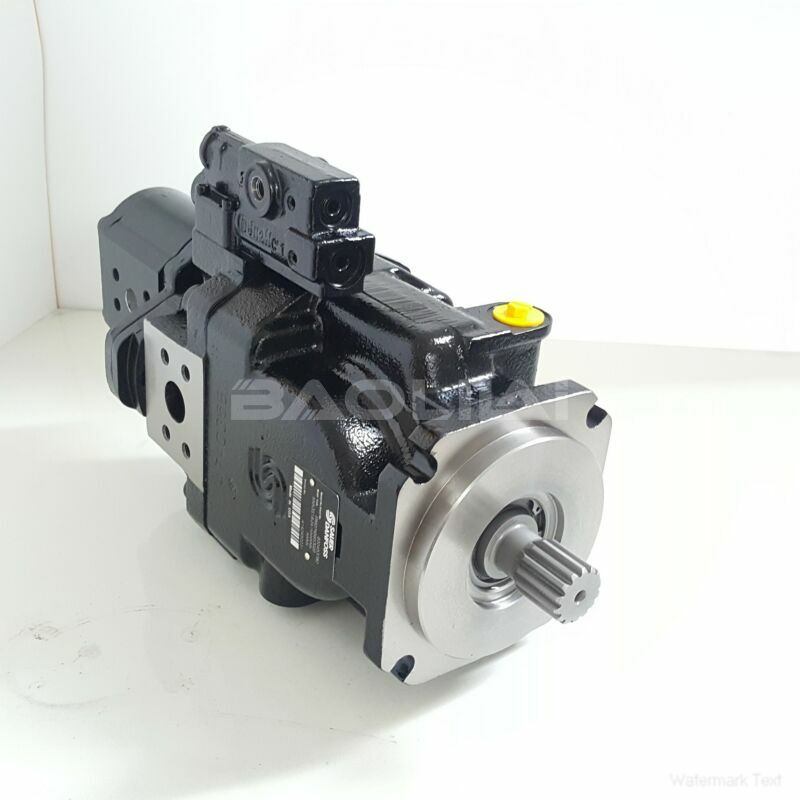FRR090CLS2120NNN3S1A2A1NNNNNNNNNN hydraulic pump
FRR090CLS2120NNN3S1A2A1NNNNNNNNNN hydraulic pump

- Product Details
- Applicable Scene
Danfoss hydraulic pumps are widely recognized for their efficiency, reliability, and advanced technology in various industrial applications. However, like any complex machinery, they may occasionally generate error codes, indicating underlying issues that need to be addressed. Understanding these error codes is crucial for troubleshooting and maintaining optimal performance, ultimately minimizing downtime and repair costs. This article provides an overview of common error codes associated with Danfoss hydraulic pumps, their meanings, and possible solutions.
FR-R-090C-LS-21-20-NN-N-3-S1A2-A1N-NNN-NNN-NNN
FRR090CLS2120NNN3S1A2A1NNNNNNNNNN
One of the most frequently encountered error codes is the “Overtemperature” alert. This code indicates that the hydraulic fluid temperature has exceeded the recommended limits. This situation can arise from various factors, such as inadequate cooling, overloading the pump, or malfunctioning components. To resolve this issue, operators should check the cooling system, reduce the load, and ensure that the environment allows for proper ventilation.

83006404
Another common error code is the “Overpressure” warning. This alert signifies that the pressure within the system has surpassed the predefined limits. Potential causes can include blocked filters, excessive load, or failing pressure relief valves. Addressing this error requires inspecting filters for clogs, adjusting the system load, and testing the functionality of pressure relief devices.
The “Low Oil Level” error is also significant. This code indicates that the hydraulic fluid level is below the optimal range, which can lead to pump damage and reduced efficiency. To rectify this issue, operators should check the oil level and refill it as necessary, while also investigating the system for leaks that may have caused the loss of fluid.
In some cases, the “Communication Error” code may appear, which suggests a problem with the communication between the pump and the control system. This can result from faulty wiring, incorrect settings, or communication protocol mismatches. Solutions involve checking all connections, ensuring that the pump’s settings align with the control system, and verifying the integrity of cables and connectors.





